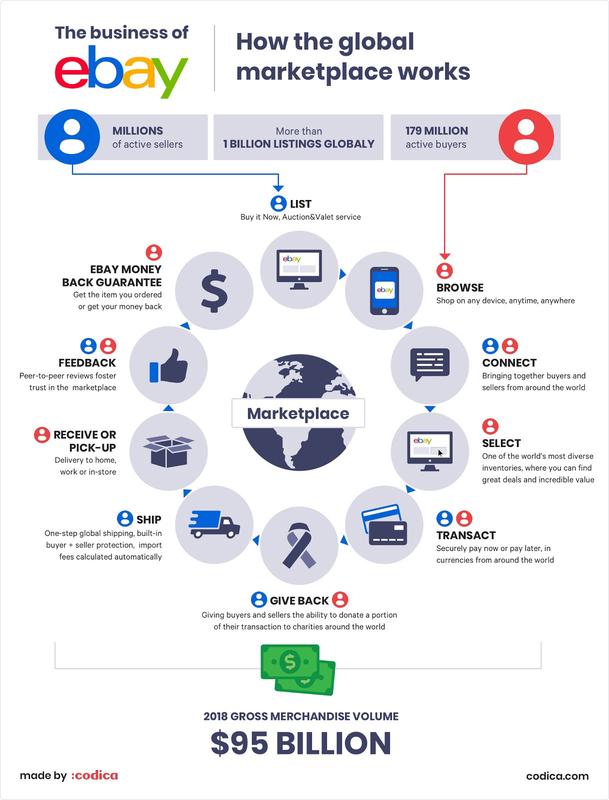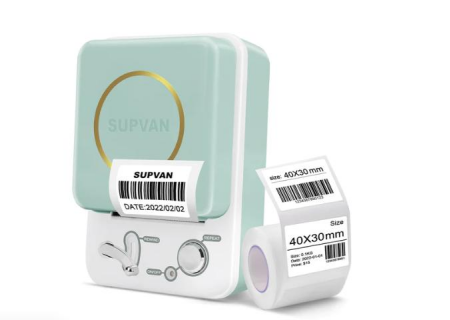The best online marketplaces for selling your used devices
Whether it’s fairly new or old, sometimes you buy a device and then…it sits. Maybe you don’t like it, or maybe you find something better. Regardless, if you want to free up some space and recoup some of your initial investment, you have several options.
You can go about it in one of two ways: either through a buyback service like Decluttr or Gazelle, or through an online marketplace like eBay or Facebook Marketplace. (To learn more about the distinction, see our primer on how to sell old tech.)
Please note, PCWorld just partnered with Decluttr to offer readers extra cash-back: During checkout, use the code PCWORLD10 to receive an additional 10 percent on your trade-in.
PROMOTION
Sell your phone, iPad, MacBook & more with Decluttr!
Get an instant valuation, ship your items for FREE and Decluttr will pay you the day after your items arrive. Decluttr pays up to 33% more than carriers and will lock in your valuation for 28 days, giving you time to upgrade!
What’s my device worth?The best websites for selling tech
Online marketplaces come in several flavors—some are auction based, others fixed price. Some limit transactions to local, in-person exchanges while others focus on online sales. With so many choices, you can choose the type of interaction and level of seller fees that makes you most comfortable.

The major names in this space are eBay, Craigslist, Facebook Marketplace, Swappa, and OfferUp. Though their features and policies overlap, each has strengths and weaknesses that distinguish it from the competition.
Not only is eBay one of the biggest and most well-known marketplaces, but it’s also the most flexible. You can choose between auction or fixed price (or both), with the option to accept best offers from buyers. You also can choose local pick-up or to ship the item, or both.
Listings are free for the first 250 per month, with an up to 14.35% final value fee and $0.30 order fee. For shipped items, eBay deposits payments within two business days into the bank account put on file (a recent change not reflected properly in their sprawling help pages). For items picked up in person, you can opt to get paid in person via PayPal, cash, checks, money orders, or cards. (However, eBay warns sellers against checks and money orders.)
The major downside to eBay is its buyer protection policies. Even if you set a 15- or 30-day return period, buyers have up to six months to file a dispute about the item—and eBay is known to often side with the buyer over the seller. Take excellent photos and document as much of the transaction as possible to protect yourself.
Craigslist’s no-frills, text-based classified ads may not look dazzling, but they come cheap—you don’t pay any fees to list or sell an item. You keep 100 percent of what you make. All exchanges are made in person, however, so you do have some risk to go with that high reward. Ask around and you will hear stories of devices getting stolen during the meet-up, without any recourse for the lost item or tracking down the thief. Craigslist has a list of tips for avoiding scams and staying safe, most of which are common sense. In general, choose a public, well-populated place and insist cash as the method of payment.
You can use Facebook’s online marketplace in one of two ways. The first is as a place to list a classified ad, with all of the transactions taking place in person for exchange of goods and payment. (Think Craisglist but with a much more attractive user interface.) Or you can think of it as a platform to sell and ship goods online. In-person sales incur zero fees, while online sales require forking over 5% (or $0.40 minimum) per order. For online transactions, Facebook sends your money to the bank account that you put on file about two weeks after the item is marked paid or five days after it’s confirmed as delivered.
Facebook’s primary advantage over Craigslist and eBay is the more public nature of its user profiles. In theory, someone with a real Facebook profile has stronger incentive to be a good buyer, unlike the mostly anonymous persons you’ll encounter through those two rival services. But that’s assuming, of course, that the person who buys your device has created a legitimate profile.
Once upon a time, this “community market” had a unique hook: It essentially served as an escrow service, holding onto the money paid during a transaction until both buyer and seller reported themselves satisfied. Nowadays, Swappa primarily functions like an online version of Craigslist or Facebook Marketplace’s in-person sales, with transactions happening directly between buyer and seller. (Local swaps are an option too, though.) Unlike its competition, it has a strict policy on what can be listed—it won’t allow broken or damaged items. It also only allows certain types of tech: smartphones, laptops, smartwatches, cameras, and smart home devices.
Provided your older tech meets that criteria, you won’t pay any fees to Swappa as a seller. Instead, buyers foot the bill. But that doesn’t mean you get off scot free. Money changes hands via PayPal, which does impose its standard merchant fee of 2.9% plus $0.30 per transaction.
Swappa’s advantages over its main rival eBay are near instantaneous payments and the shorter amount of time for a transaction to close. PayPal’s buyer protections end after 60 days (in contrast to eBay’s six months), thus shielding sellers from highly delayed buyer’s remorse.
Like Facebook Marketplace, OfferUp allows sellers to conduct transactions via in-person exchanges or online sales. But its focus on local selling shows in its surprisingly high service fees for shipped items: 12.9% of the sale price (or $1.99 minimum). What you do keep gets deposited into a bank account after a two-day buyer’s evaluation period, provided your buyer is satisfied with the device. Items paid for with cash incur no fees.
Buyers and sellers can opt in to the site’s TruYou identity verification program for greater trust during transactions. Your state-issued ID, cell phone number, and a selfie taken within the app are checked by the OfferUP team, which adds a checkmark next to your name if the information bears out. Similar to Facebook, you can choose these types of buyers with a little more confidence than a random stranger on Craigslist—presumably, people willing to share personal details are less likely to scam or steal.








